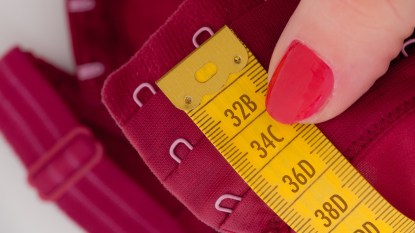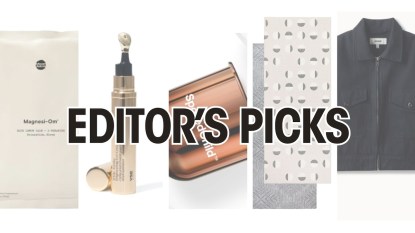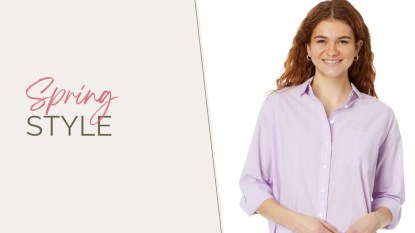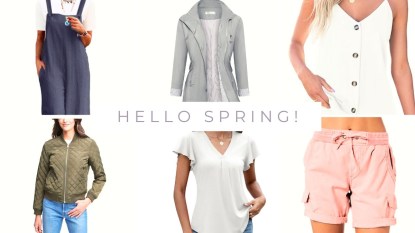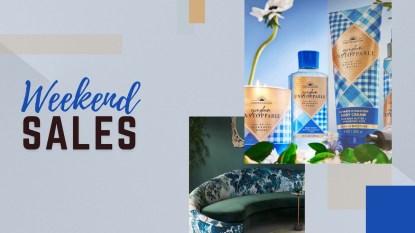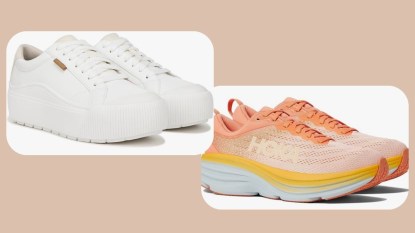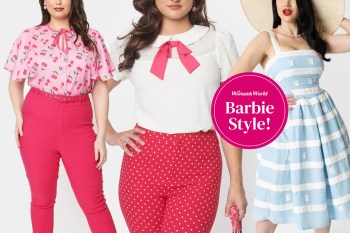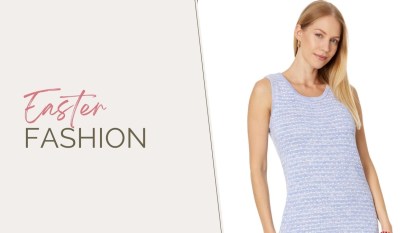From Hippie Chick to Disco Diva — These Funky ’70s Fashions Will Take You Back
Relive the days of suede fringe, polyester jumpsuits and prairie dresses
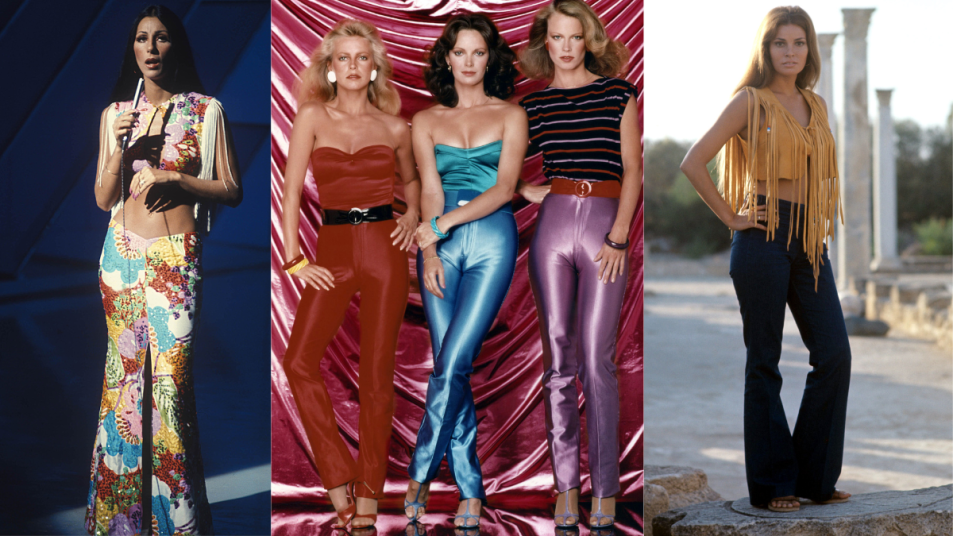
Ah, the 1970s, the decade of fashion escapades! ’70s women’s fashion was all about embracing our inner disco divas and bohemian babes. We remember the bell-bottom pants so wide you could fit a small village in there, accompanied by tops in hypnotic psychedelic patterns. Maxi dresses and skirts with enough fabric to launch a parachute became the go-to for those who wanted to channel their inner flower child. And let’s not forget the dazzling disco attire, where sequins and glitter reigned supreme, turning every woman into a walking disco ball.
It’s true that fashion underwent a serious shakeup back in the ’70s. The decade started out with the influence of the ’60s still in full effect, as hippie fashion remained popular, but as the years progressed disco fashion increasingly took hold, with designers such as Halston, Yves Saint Laurent and Diane von Furstenberg helping to define the decade’s trends. And by the end of the decade, the sparkly excess of the ’80s was set solidly in motion.
’70s women fashion has never truly gone away. It had a resurgence in the ’90s, and boho chic has made multiple comebacks in the ’00s. Disco fashion, while often maligned for embodying the decade’s excesses, also casts a long shadow, as many a present-day designer has sent retro nightlife-inspired looks down the runway.
’70s women fashion is body-conscious and gloriously unafraid of colors, sparkles and other accents like fringes and pointy collars. Here are some of our favorite looks through the years.
70s hippie fashion
In the ’60s, the energy of youth culture brought hippie fashion to the forefront. While hippie looks were originally rebellious in spirit and rooted in countercultural ideals, as is so often the case, they became absorbed into the mainstream and commercialized. Soon enough, hippie fashion was popping up in advertisements and department stores.
Hippie style was originally closely tied to music. Festivals like Woodstock and Monterey Pop drew hordes of free-spirited young people in the ’60s and their patchwork, tie-dye, and crochet and casual denim defined the look. By the ’70s, many artists of the ’60s were still going strong, and hippie style was still common, though it didn’t have quite the devil-may-care look it did in the ’60s.
1970: Floral prints and prairie dresses
When it came to mainstream ’70s fashion, many young women — even ones who weren’t politically active or didn’t listen to typical hippie music — were inspired by the look. Designers like Jessica McClintock, who channeled hippie romance in her widely available prairie dresses (often worn for weddings and proms), and Thea Porter, who designed Middle Eastern-influenced caftans worn by celebrities like Elizabeth Taylor, were in high demand.
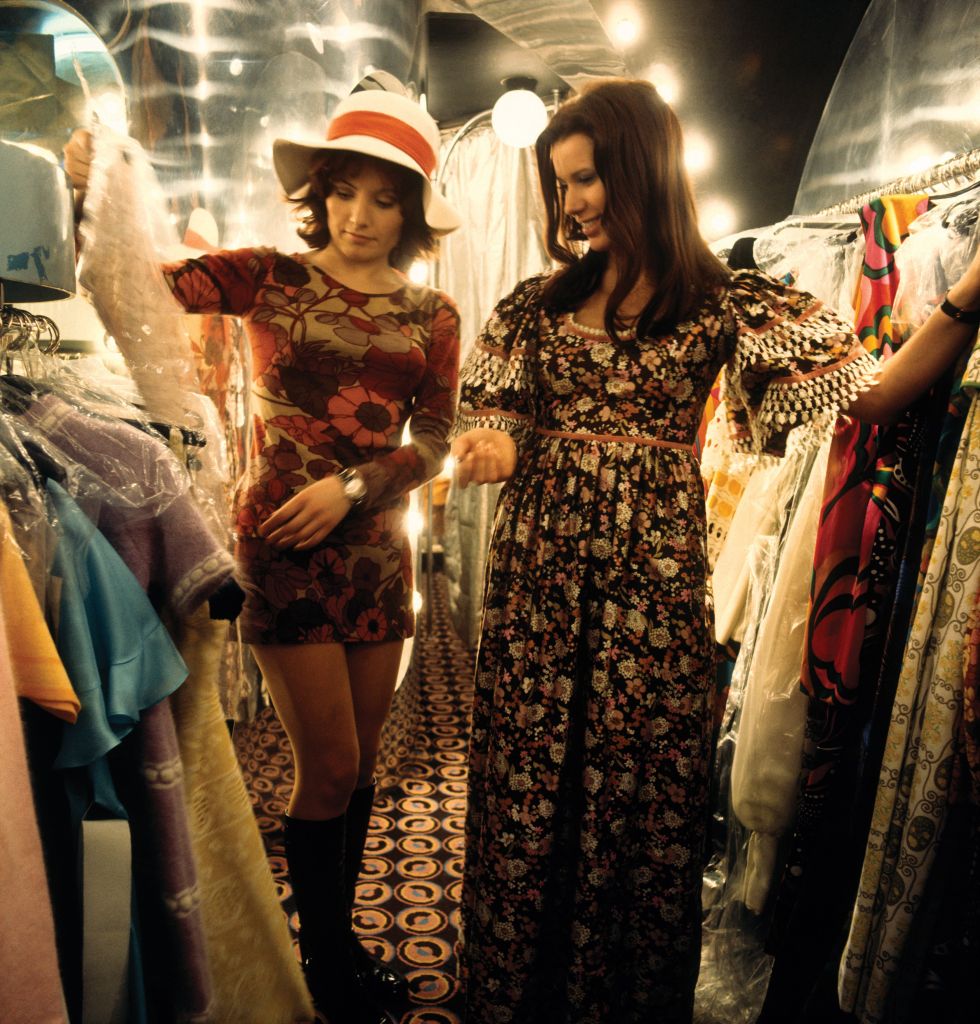
1971: Tassels and suede
Some women — including actresses — took a more dolled-up approach to hippie style, showing how popular it became. Take the bombshell Raquel Welch, who posed in a cropped suede vest with long fringes, flared jeans and sandals. Her top is a sexier take on the boho look.
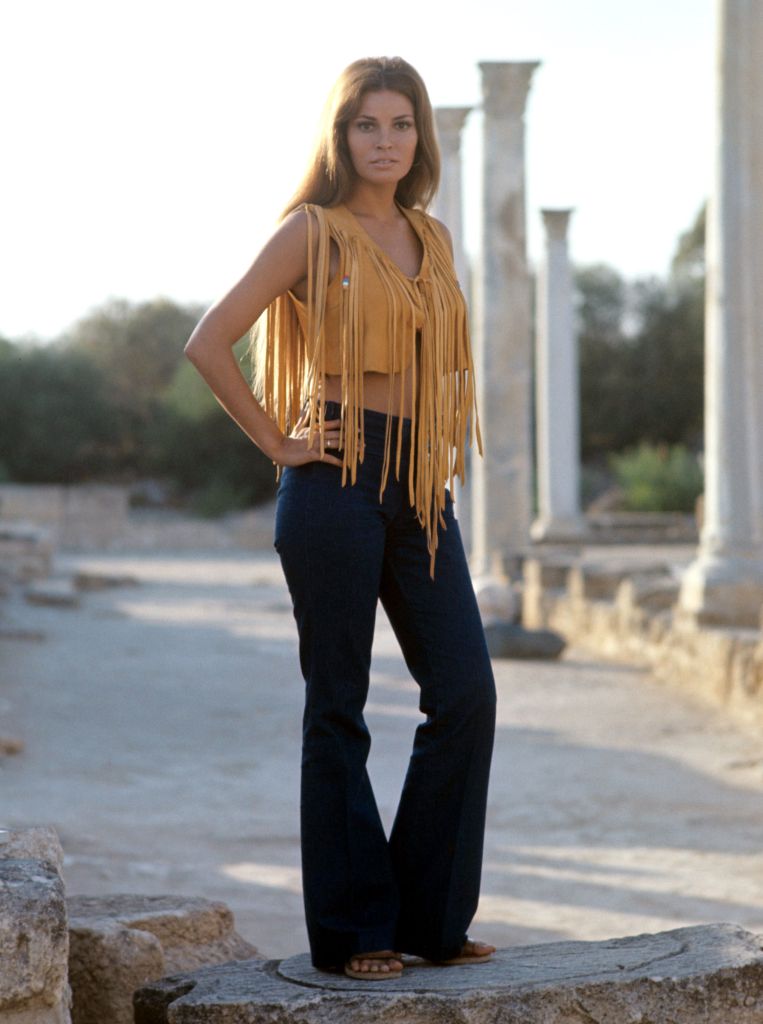
1972: Breezy boho dresses and skirts
Folk musicians like Joni Mitchell went into the ’70s with flowing dresses and boho prints (a look also embraced by the ladies of Fleetwood Mac). Her long tie-dye dress here looks like it could come from a far-away bazaar, while her sandals impart a sense of the casual. The look is comfortable and breezy, with a touch of worldliness.
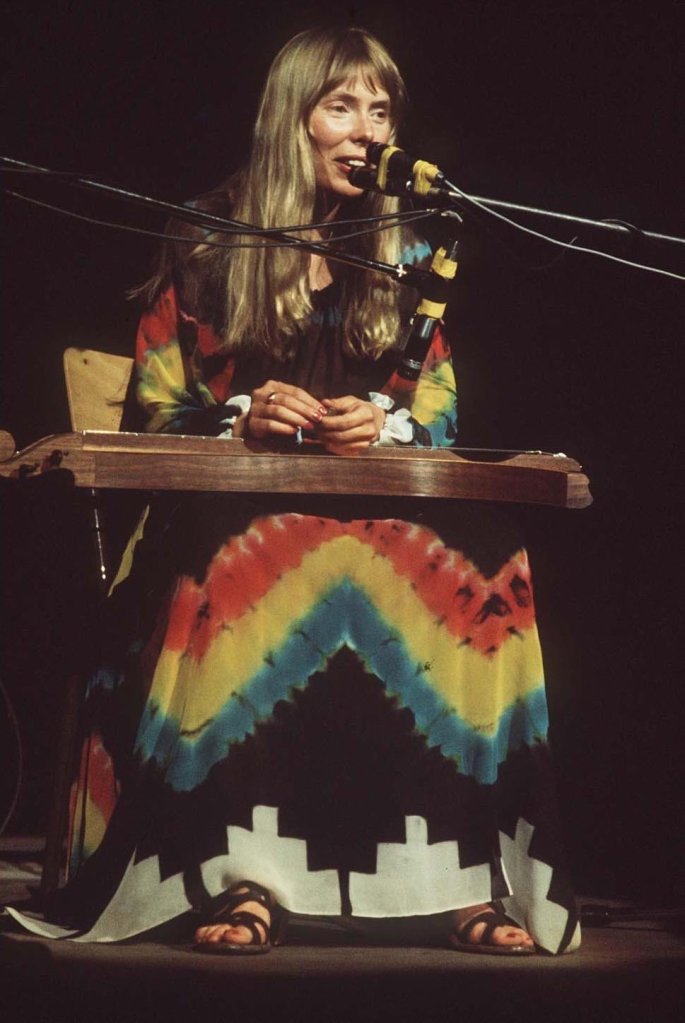
1973: Bell bottoms and psychedelic patterns
Cher wore a psychedelic patterned ensemble, complete with fringe detailing, but her look had considerably more put-together glam than the original hippies, even if the trippy pattern and bell bottom silhouette was a definite homage.
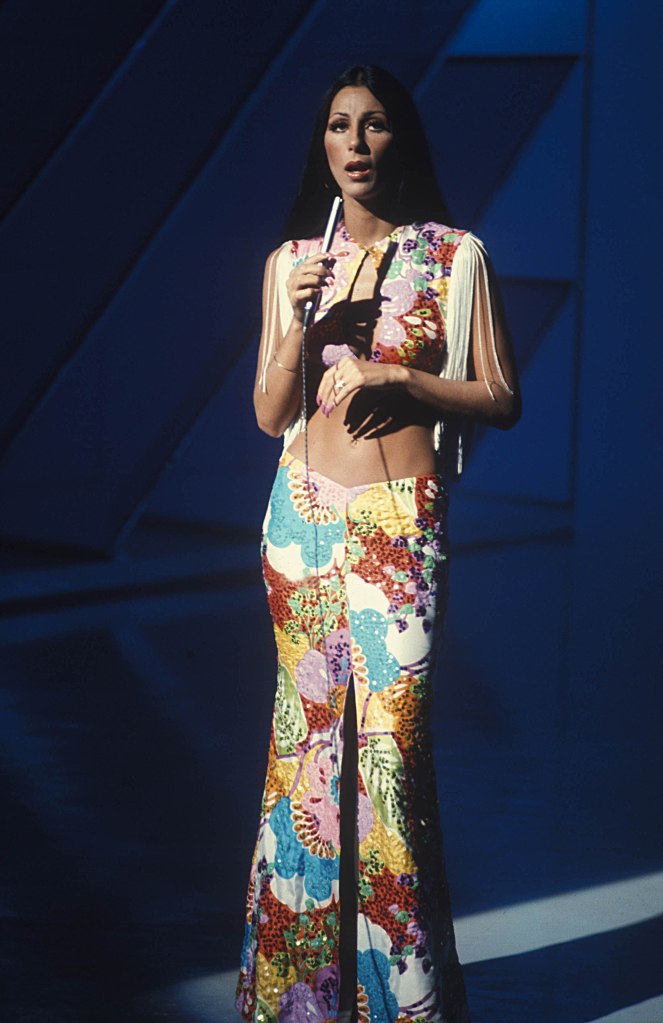
1977: Peasant blouses and bangles
Linda Ronstadt became one of the brightest stars of the ’70s with her powerhouse voice and an undeniably catchy musical repertoire that fused folk, pop and rock. She was also a style icon who often incorporated hippie fashion touches like putting flowers in her hair and pairing casual denim cut-offs with flowy blouses. Her jeans, off-the-shoulder top and pile of bangles here perfectly showcase her hippie appeal.
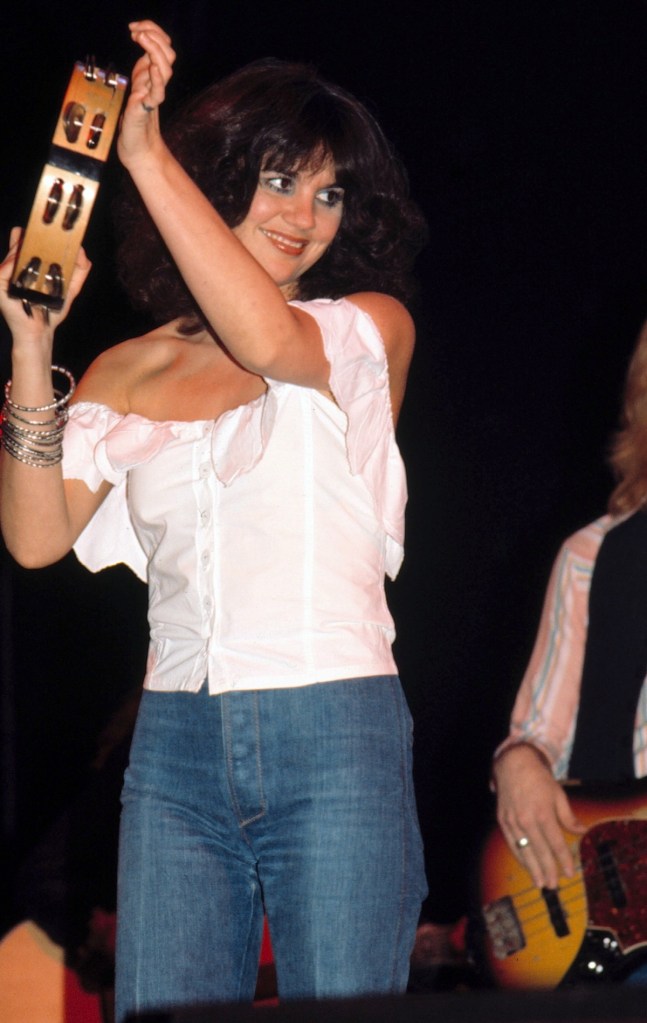
70s disco fashion
Later in the ’70s, disco burst onto the scene. Shiny and dedicated to excess, it was basically the opposite of the hippie movement. Revelers gathered for wild nights at clubs like Studio 54 and musicians like Donna Summer and the Bee Gees scored disco hits.
Disco style relied on a combination of maximalism and minimalism. Dresses were often tailored in diaphanous cuts and could be easily thrown on without any complicated buttons or zippers (all the better for dancing the night away) but featured bold colors and shimmering fabrics.
1976: Voluminous sleeves and sequins
The divas of the ’70s often performed in disco-ready dresses. Sequins and voluminous sleeves made a stunning impression onstage, as seen in this shot of Diana Ross rocking a sparkling batwing sleeve ensemble that’s ready for a wild night out on the town.
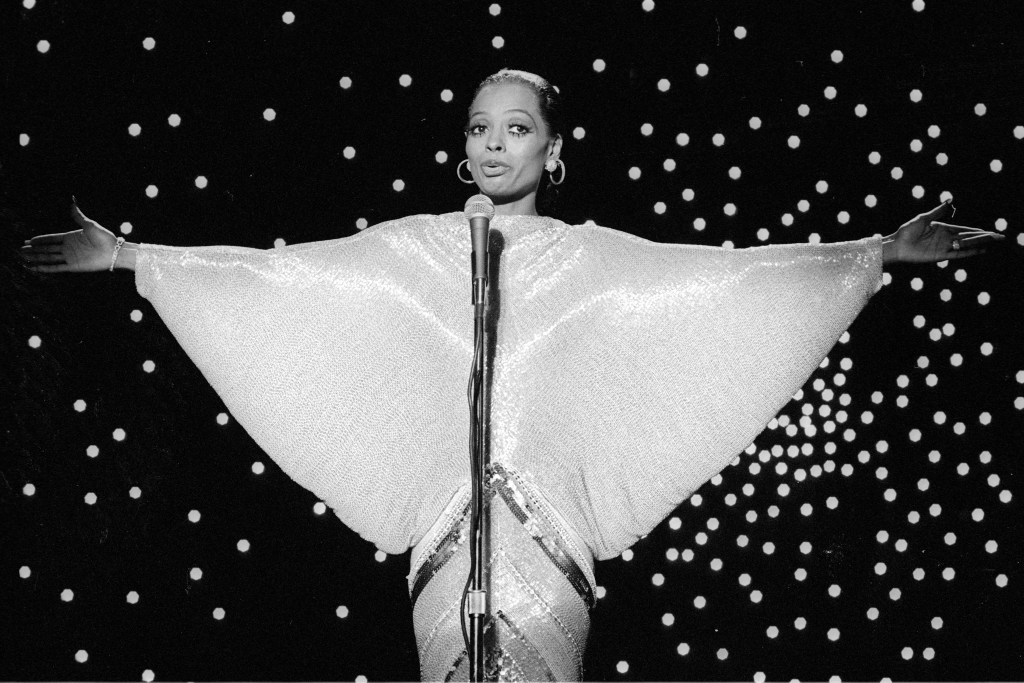
1976: Metallic knits
Sexy and eye-catching, disco style left a definite impression. A sparkling, multicolored sweater dress and thigh high stockings could be dressed up for the nightclub or worn more casually during the day. Even if you weren’t going out dancing every night, you could channel disco cool with colors and metallics. Studio 54 may have been notorious for turning people away at the door, but that didn’t stop people of all stripes from dressing to impress.
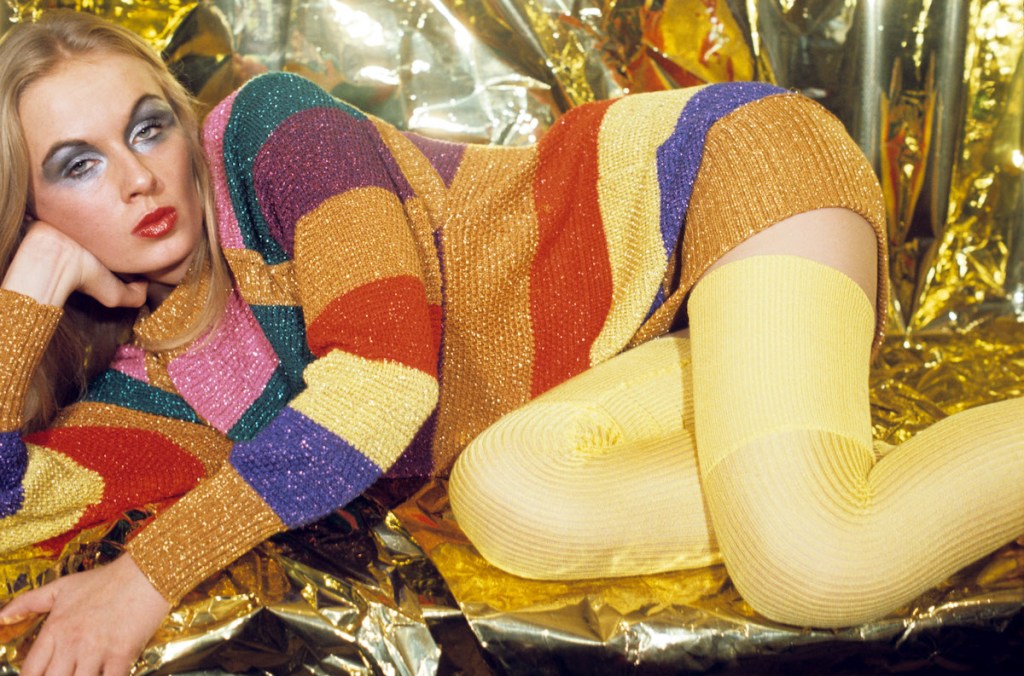
1977: Halston-style gowns
Halston, one of the most iconic designers of the time, relied on bias-cut tailoring, which created a fluid silhouette, and fabrics like jersey, which allowed for easy movement. Here, he poses with one of his muses, Bianca Jagger. Her simple yet glamorous metallic dress is pure disco fabulousness.
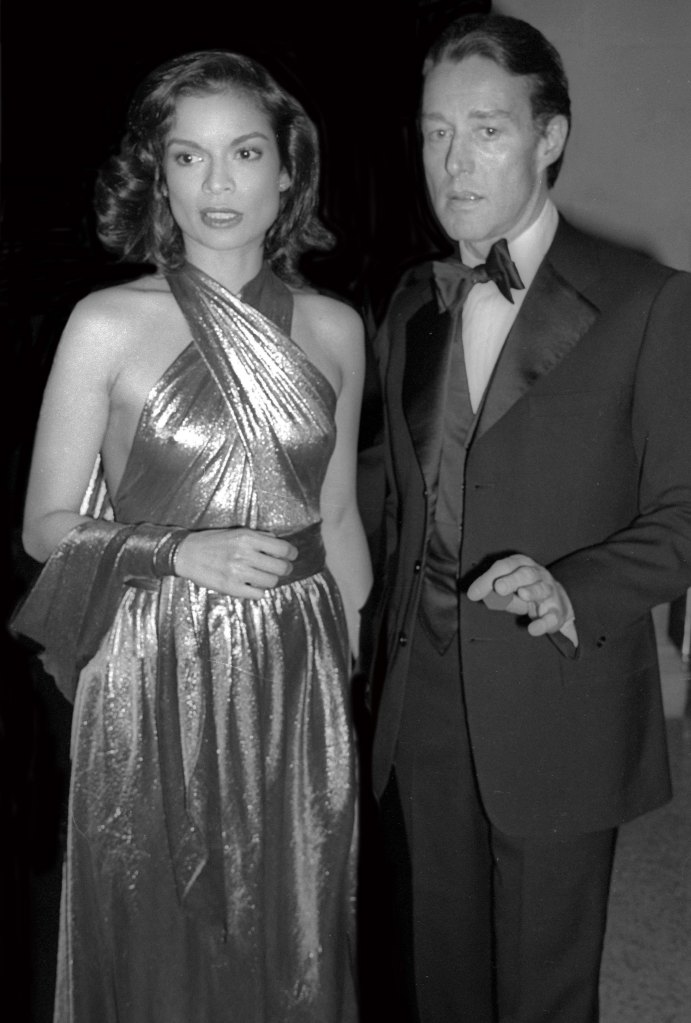
1977: Sheer, off-the-shoulder dresses
Both disco and hippie styles had one major aspect in common: they celebrated braless looks. While hippie style was about being free and unencumbered by society’s expectations, disco style dialed up the sex appeal. Dresses were often sheer or featured skimpy straps, off the shoulder styles, halters or no straps at all. The blousy top and long skirt on the dress below, worn by Karen Lynn Gorney in Saturday Night Fever, mix with a seductive cut that leaves little to the imagination, especially when combined with sheer, floaty fabric made for dance party twirls.
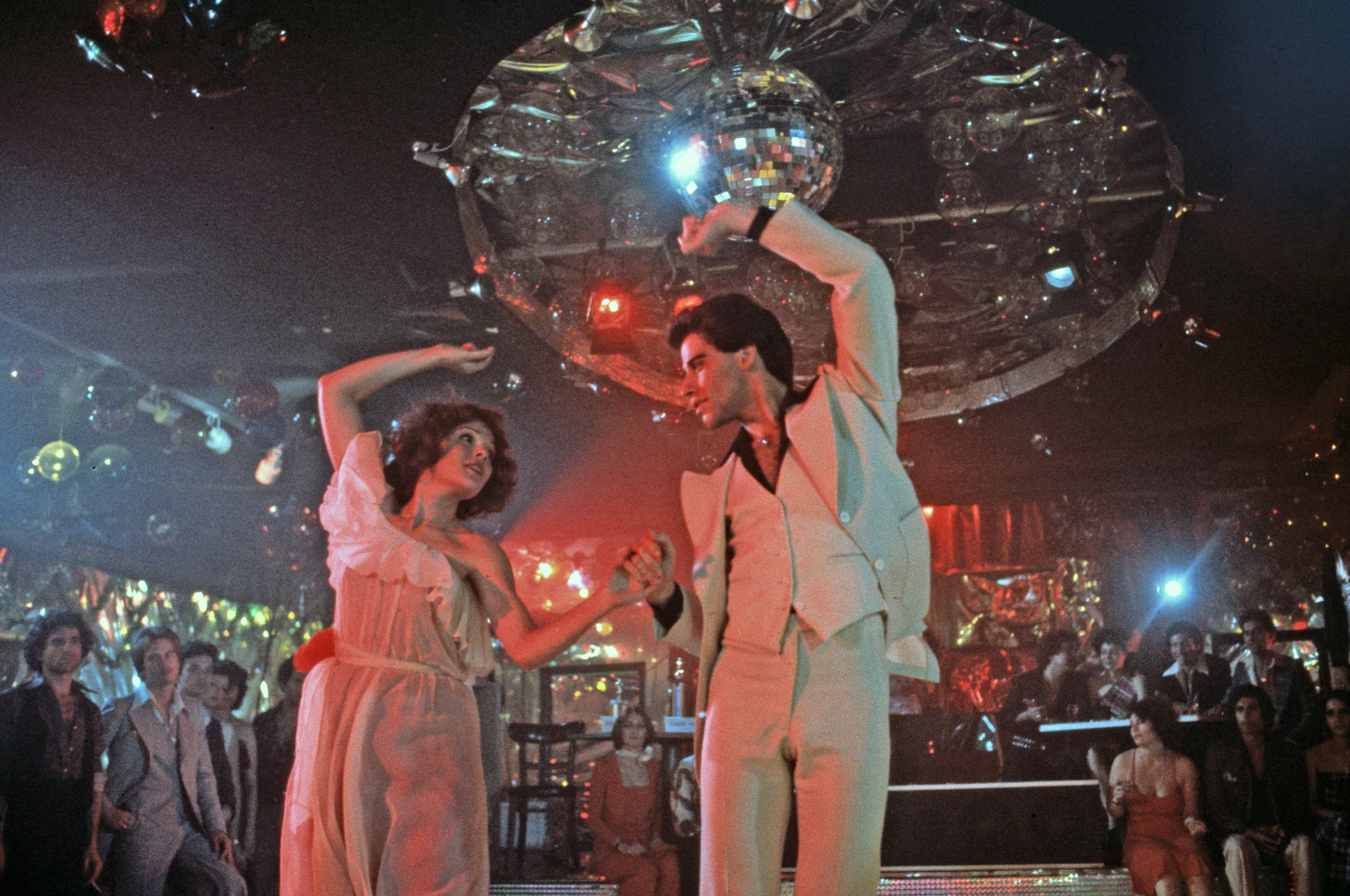
1978: Polyester jumpsuits
Disco style wasn’t just about dresses. While many women let their freak flags fly and showed lots of skin on the dance floor, one-pieces and suits were also popular. In the shot below, model Lauren Hutton poses in a powder blue look with a pointy collar. While the outfit is casual, its shape is very much of the time, and with different styling it could easily be disco ready. Jumpsuits, exaggerated collars and polyester (a material that took off during the ’70s) were all disco staples that were also found in everyday looks.
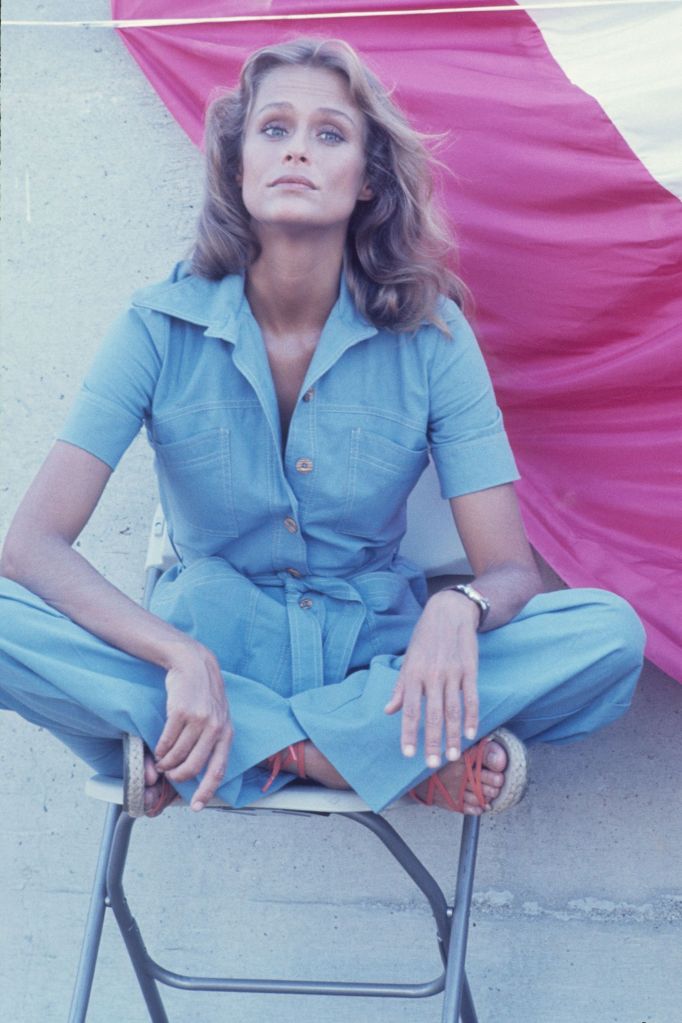
1979: Form fitting satin and spandex
Disco fashion was further mainstreamed by shows like Charlie’s Angels. This promotional shot of the cast features pants that are so shiny, tight and brightly colored, they border on a parody of the look — but that was just how much disco fashion proliferated back in the day! The shades of red, turquoise and purple connote disco luxury, and it’s easy to see how these outfits, with their over-the-top sheen, would influence the looks of the ’80s.
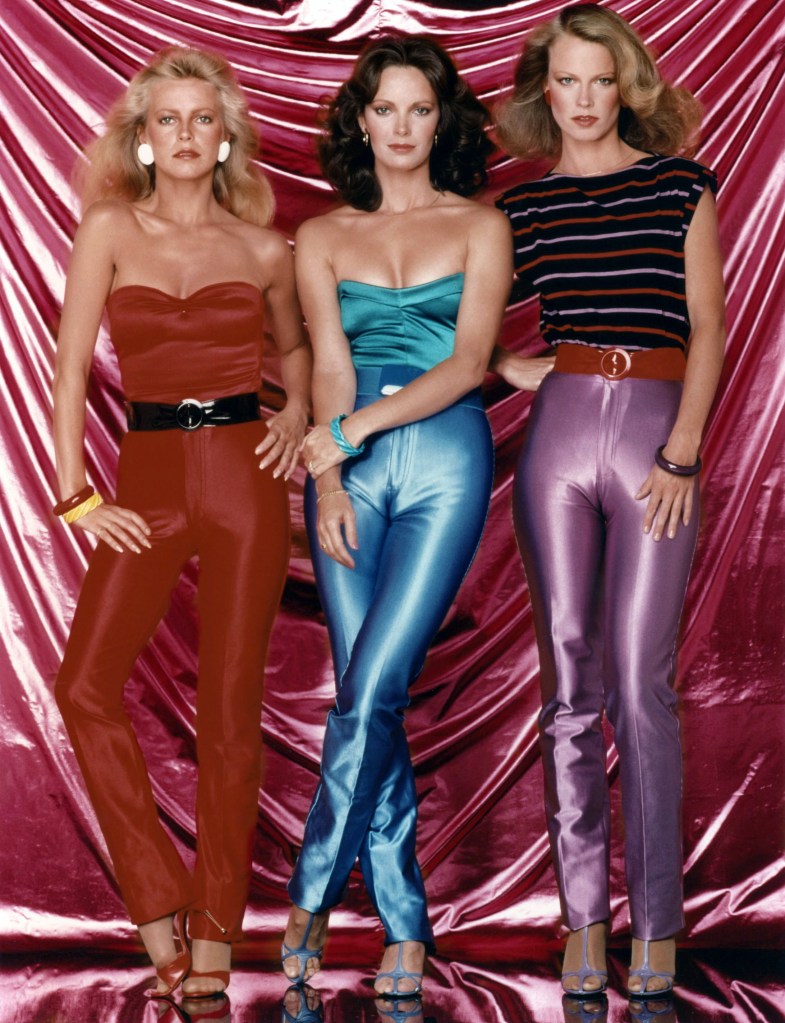
Spelling-Goldberg/Kobal/Shutterstock
Groovy!
’70s women fashion was all about being carefree and having a good time. Whether you were a hippie chick or a disco darling, you dressed to be comfortable and express your individuality, which is why the looks still feel fresh today.
A hippie top or disco dress is guaranteed to put some pep in your step, and these styles present a fun alternative to the watered-down, social media-influenced looks that proliferate today. Hippie and disco fashion both embody the ’70s, but their creativity and sense of energy simultaneously feel timeless.


